Chandler, Arizona —(Map)
Waymo, a company that is working to create self-driving cars, began an important new step last Wednesday – a self-driving taxi service. The service is very limited now, but could soon expand.
Driving a car may sound simple – go faster, slow down, stay between the lines, don’t hit anything. But in the real world, it is difficult. Cars must have maps and sensors so they know where the roads are. They need to track other cars on the road and make good guesses about what those cars might do. They must look out for unexpected things in the road – most of all, people.
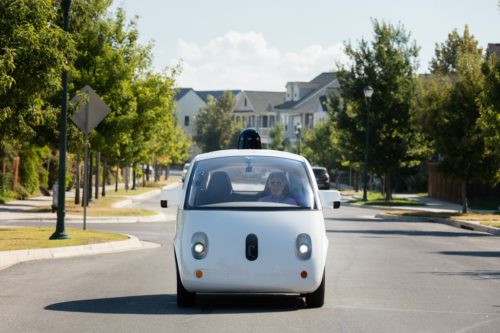
(Source: Waymo.)
Waymo began working on self-driving cars in 2009. Back then, it was a project of the search company Google. Now Waymo has been turned into its own company.
After years of running tests on special tracks and in special areas, in 2017, Waymo opened a program called “Early Rider” near Phoenix, Arizona. The program offered free rides to a small group of people who agreed to help Waymo improve their cars.
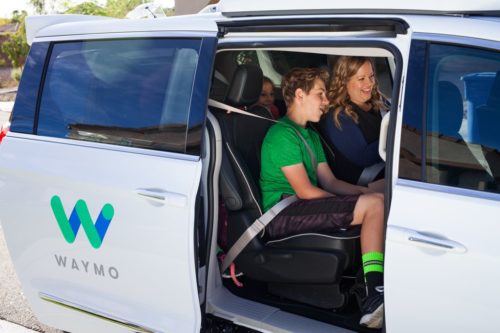
(Source: Waymo.)
On December 5, Waymo began a taxi service called “Waymo One” that will open self-driving cars up to more and more people. Waymo One is being tested in an area outside of Phoenix with wide roads and light traffic. Waymo has marked special pickup and drop-off points, which are the only places the cars will stop. That’s because it’s hard for the cars to figure out where to pick people up or drop them off.
The cars drive themselves completely, but for now, all of Waymo One’s cars will come with a person in the driver’s seat, just to watch and take over if there’s a problem. The cars may do some unusual things, like driving too slowly sometimes, but most people say the driving has improved a lot.
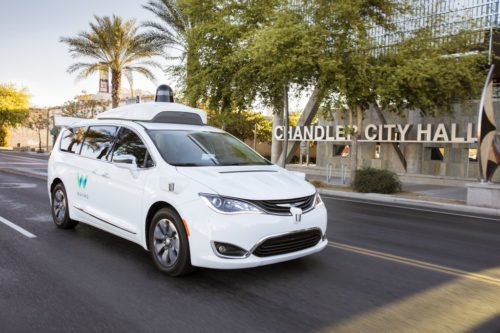
(Source: Waymo.)
Many of the challenges for self-driving cars are caused by humans. Humans can be hard to predict. A driver might change lanes quickly; a walker might run across the road. People can drive in ways that are not safe if they’re distracted – perhaps by a cell phone or by kids fighting in the back seat.
Waymo’s cars have been trained by driving about 10 million miles. There have been small accidents, but nothing serious. Other self-driving car companies have caused bigger problems, In one case, a person was killed.
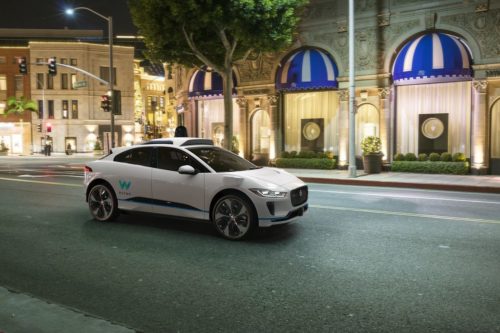
(Source: Waymo.)
But human drivers aren’t very safe, either. About 1.2 million people are killed in accidents on roads and highways every year. Many people think self-driving cars will make roads safer because they would put safety first. For example, self-driving cars won’t break the speed limit just because they are in a hurry.
Many other companies, such as car makers GM, Ford, and Tesla, are also working on self-driving cars. So are companies like Uber and Lyft, which right now allow people to find rides with human drivers.
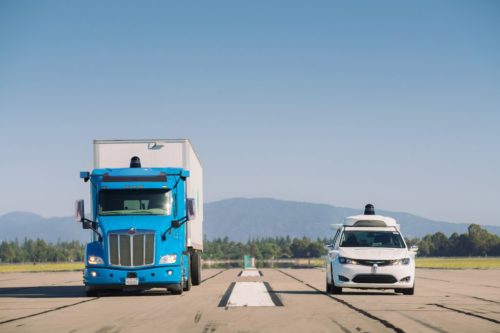
(Source: Waymo.)
Waymo is also working on self-driving trucks. In 2016, over 11 million trucks in the US traveled around 300 billion miles, mostly on straight highways. That could be a huge business.
😕
This map has not been loaded because of your cookie choices. To view the content, you can accept 'Non-necessary' cookies.
